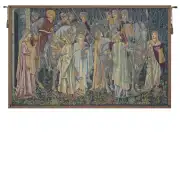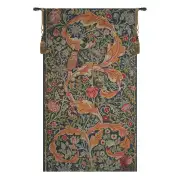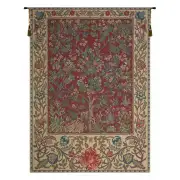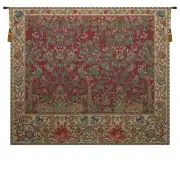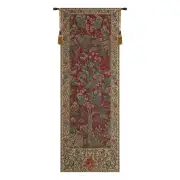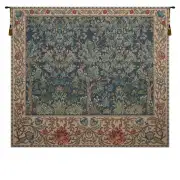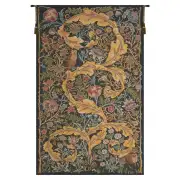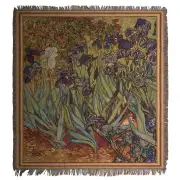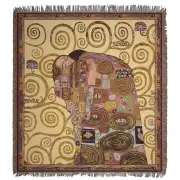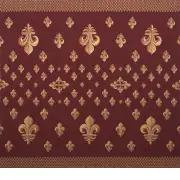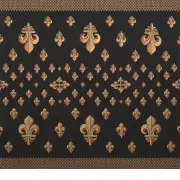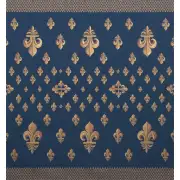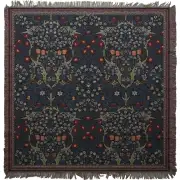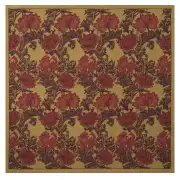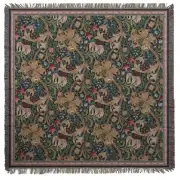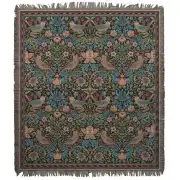Your cart is empty
Featured Wall Tapestries & Home Décor
Tapestry
Tree of Life Red William Morris European Tapestry Wall Hanging
TT-12365
H:69" - W:51" + more
$155.00 - $1,616.00
Cushion Cover
The Little Prince Standing on a Rose European Cushion Covers
TT-13026
H:18" - W:18" + more
$47.00 - $69.00
The Little Prince Reading a Book European Cushion Covers
TT-13025
H:18" - W:18" + more
$47.00 - $69.00
The Little Prince with a Fox on the Moon European Cushion Covers
TT-13024
H:18" - W:18" + more
$47.00 - $69.00
The Little Prince on a Rainbow European Cushion Covers
TT-13023
H:18" - W:18" + more
$47.00 - $69.00
Welcome to Tapestries-Tapestry.com
Tapestries-Tapestry is a leader in fine European Tapestries, Wall Decor, Wall Art and Wall Hangings. Tapestries-Tapestry offers an exhaustive collection of tapestry wall hangings to create a stylish home decor and design statement. All our beautiful tapestries are unique and possess extraordinary quality, thus giving the timeless quality and fine design detail of a family heirloom. So, improve your home design and get applauded for the same! You can explore a consortium of tapestry wall hangings, tapestry table mats, tapestry handbags, tapestry cushion covers, and other tapestry wall hanging products. Wall tapestries are versatile and serve well to work in any home design or decor setting, including in offices, living rooms, bedrooms, hallways. As a matter of fact, tapestry wall hanging suits virtually any room in the home. We offer one of the best collections of tapestries at the most affordable prices, thus we are your reliable wholesale tapestry source.Since the medieval times, wall hanging tapestries have been in use for adorning the walls of different buildings, including castles, churches, mansions, amongst others. Our wonderfully woven wall belgian tapestries are simply superb for exemplifying the look of your home decor. The wall hanging tapestry is one of the most enduring representations of creative art, created by some of the most talented artists of ancient times. Some of the popular wall tapestries available at tapestries-tapestry.com include Belgian tapestries, European tapestries, medieval tapestries, oriental tapestries, religious tapestries, Bayeux tapestries, and many more.
At tapestries-tapestry.com, you can choose from a variety of different themes and designs in your wall hanging tapestry, such as landscape, country, lifestyle, animals and wildlife, historical events, religion, love and romance, and many more. Our exquisitely designed European wall art tapestries are inspired by the outstanding works of famous artists like Dontalello Tintoretto, Leonardo Da Vinci, Michealangelo, Fra Angelica, and a number of other renowned artists. In addition to using our tapestry wall hangings as your wall decor items, you can also use them as an art heirloom for passing to next generations. It doesn't stop here, these exclusive masterpieces of fine art also serve well as a charming gift item for your near and dear ones.
You will find that a majority of original pieces of wall tapestries are kept in few of the most renowned museums of the world, and the ones that are available to you in the commercial markets are accurate reproductions of the original masterpieces. We provide a wide range of beautifully woven pieces of this exuberant wall hanging art that are recreated by talented and skilled craftsmen and artisans. Most of our tapestry wall hangings are created using machines and instruments that help reduce the production time to half. Hence, if you choose to shop for wall hanging tapestries with tapestries-tapestry.com, you will not only save your money, but also time and energy.
So, do not wait anymore and visit our online store to choose a suitable wall hanging tapestry according to your taste, requirement, and budget. You will be able to decorate your drab and dull walls with rich colors and amazing artistic grandeur through our beautiful wall art tapestries. Along with tapestry wall hangings, we also offer a wide variety of tapestry products like tapestry cushion covers, pillow covers, table runners, tapestry rods, mats, throws, handbags, and a lot more at highly affordable prices.
You will not be able to deny the fact that the way you decorate your home interiors says a lot about your personality, your sense of style, and your choice of interior home decoration accessories. With our wonderful wall art tapestries and tapestry products, you will be able to offer a great visual treat to all your friends, family, and guests and earn lot of compliments in return!





